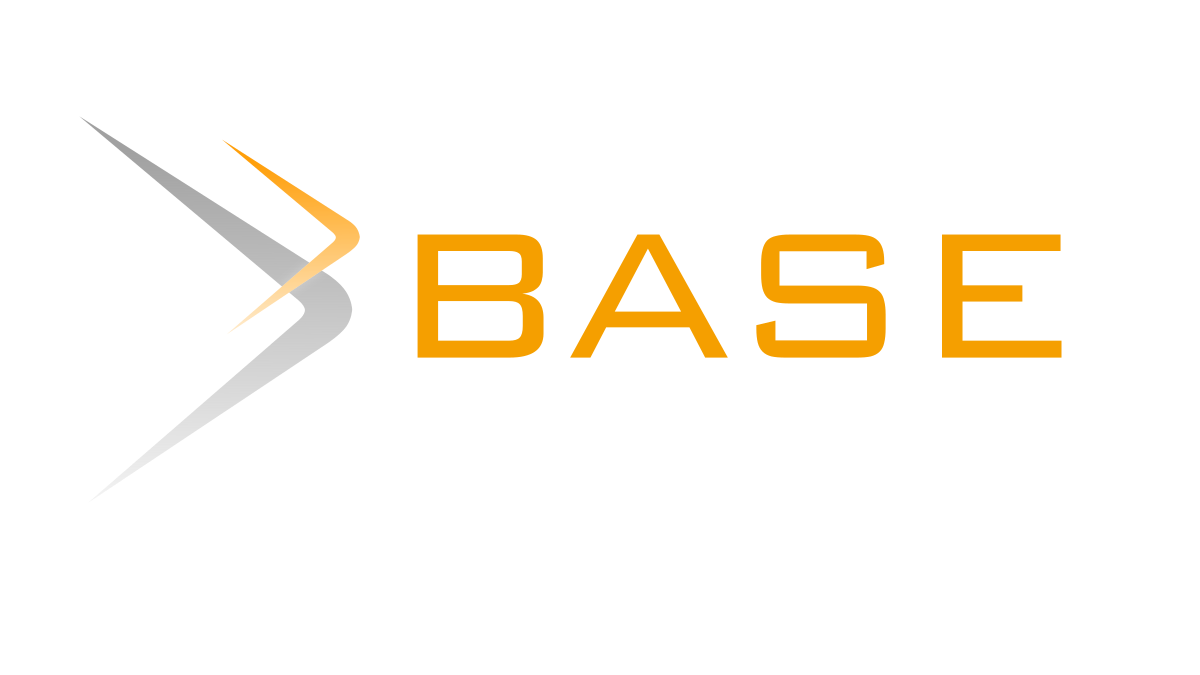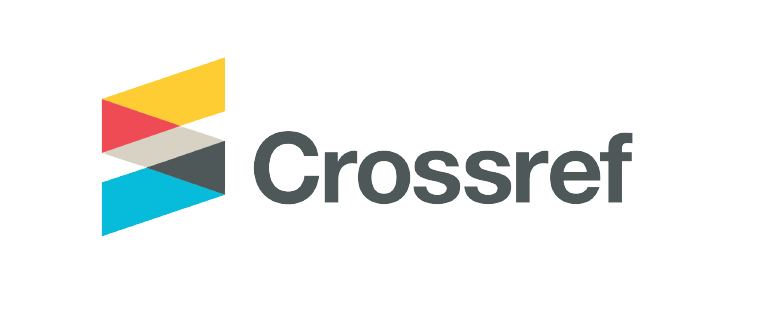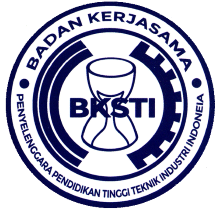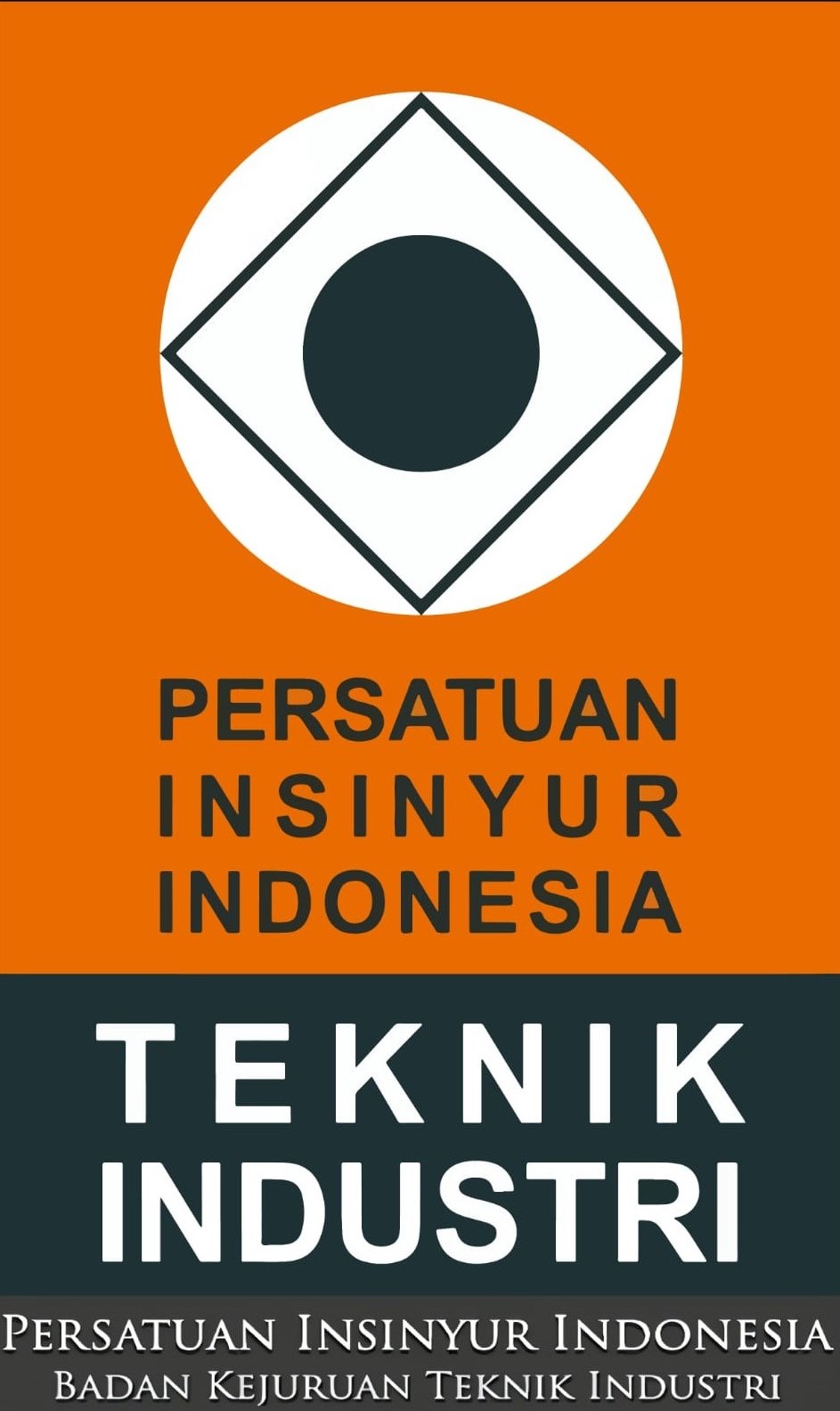Integrated Value Engineering with QFD and DFA as Product Design and Development Techniques: Literature Review
DOI:
https://doi.org/10.32734/jsti.v26i1.11901Keywords:
DFA, Product Design, Product Development, QFD, Value EngineeringAbstract
Value engineering is an organized, rigorous strategy that assesses the performance, noise, quality, safety, and compatibility of systems, outfits, installations, services, and inventories to deliver necessary functionalities at the lowest life cycle cost. Eliminating unnecessary expenses from design, testing, production, operations, procedures, accounting, conservation, and other areas is the best course of action. The purpose of the paper's initial investigation was to list the drawbacks of value engineering in product creation. These transgressions highlight the necessity for alternative methods when implementing value engineering techniques. To address critical inverse issues throughout the process, from the stage of product demand analysis to product design, product, and operation, value engineering is combined with various engineering methods. The results demonstrate that there are distinct paths in which the benefit of integration engineering using QFD or DFA may be used. Even so, this integration is providing a better option for the planning of products or services through a process that not only means providing a better value for client satisfaction but also lowers expenses, shortening development times, and reducing the need for rework conditions—all without compromising performance, reducing anxiety, or lowering the quality of the final product.
Downloads
References
U. Ibusuki dan P. C. Kaminski, “Product development process with a focus on value engineering and target-costing: A case study in an automotive company,†Int. J. Prod. Econ., vol. 105, no. 2, hal. 459–474, 2007, doi: 10.1016/j.ijpe.2005.08.009.
R. Ginting dan A. Y. Ali, “TRIZ or DFMA combined with QFD as product design methodology: A review,†Pertanika J. Sci. Technol., vol. 24, no. 1, hal. 1–25, 2016.
X. Lai, K. C. Tan, dan M. Xie, “Optimizing product design using quantitative quality function deployment: A case study,†Qual. Reliab. Eng. Int., vol. 23, no. 1, hal. 45–57, 2007, doi: 10.1002/qre.819.
D. Unger dan S. Eppinger, “Improving product development process design: A method for managing information flows, risks, and iterations,†J. Eng. Des., vol. 22, no. 10, hal. 689–699, 2011, doi: 10.1080/09544828.2010.524886.
R. Ginting, U. Tarigan, dan N. Panjaitan, “Integration of quality function deployment and value engineering: A case study of designing a texon cutting tool,†Songklanakarin J. Sci. Technol., vol. 42, no. 4, hal. 771–779, 2020.
M. Niraj, “Selection of Maintenance Practice through Value,†Int. J. Sci. Eng. Res. Vol. 2, Issue 12, December-2011, vol. 2, no. 12, hal. 1–4, 2011.
J. Y. Farsi dan N. Hakiminezhad, “The integration of QFD technique, Value Engineering and design for manufacture and assembly (DFMA) during the product design stage,†Adv. Environ. Biol., vol. 6, no. 7, hal. 2096–2104, 2012.
D. Alwerfalli dan A. Ali, “An Overview of Value Engineering in Product Development and Design,†IIE Annu. Conf. Proc., no. December, hal. 1–7, 2021.
A. Jamwal, S. M. Towhidul Islam Nayim, R. K. Shukla, R. Agrawal, dan S. Gupta, “Assessment of barriers in lead time improvement: An exploratory study of electronics manufacturing companies in Himachal Pradesh (India),†Int. J. Bus. Syst. Res., vol. 15, no. 2, hal. 182–199, 2021, doi: 10.1504/IJBSR.2021.113422.
V. K. Singh, R. Kumar, dan M. K. Arya, “Automotive product development lifecycle optimization through value engineering and value analysis (VAVE) techniques,†2017 Int. Conf. Adv. Mech. Ind. Autom. Manag. Syst. AMIAMS 2017 - Proc., vol. 6, no. 5, hal. 349–354, 2017, doi: 10.1109/AMIAMS.2017.8069236.
C. S. Park, H. J. Kim, H. T. Park, J. H. Goh, dan A. Pedro, “BIM-based idea bank for managing value engineering ideas,†Int. J. Proj. Manag., vol. 35, no. 4, hal. 699–713, 2017, doi: 10.1016/j.ijproman.2016.09.015.
J. Harvey dan M. Aubry, “Project and processes: a convenient but simplistic dichotomy,†Int. J. Oper. Prod. Manag., vol. 38, no. 6, hal. 1289–1311, 2018, doi: 10.1108/IJOPM-01-2017-0010.
P. H. P. Setti, O. Canciglieri Junior, dan C. C. A. Estorilio, “Integrated product development method based on Value Engineering and design for assembly concepts,†J. Ind. Inf. Integr., vol. 21, 2021, doi: 10.1016/j.jii.2020.100199.
J. Chhabra dan B. Tripathi, “Value Engineering: a Vital Tool for Improving Cost & Productivity,†Int. J. Ind. Eng. Technol., vol. 4, no. 6, hal. 1–10, 2014.
H.-M. PENG, J.-H. TIAN, dan J.-L. GAO, “Mechanical Product Design Based on Value Engineering,†DEStech Trans. Soc. Sci. Educ. Hum. Sci., no. mess, 2017, doi: 10.12783/dtssehs/mess2016/9770.
M. Chougule dan S. Kallurkar, “Application of value engineering for cost reduction-a case study of universal testing machine,†Int. J. Adv. Eng. Technol., vol. 4, no. 1, hal. 618–629, 2012.
M. Prilutskaya, A. Murukina, dan T. Dashkova, “Mechanical Engineering Product Value Design Applying the Value Engineering Method,†MATEC Web Conf., vol. 346, hal. 3038, 2021.
I. Mahdi, K. Heiza, dan N. Abo Elenen, “Value Engineering and Value Analysis of Vertical Slip Form Construction System,†Int. J. Appl. or Innov. Eng. Manag., vol. 4, no. 6, hal. 200–212, 2015.
D. N. S. Al-rikabi, “Integration Value Engineering with Target Costs into the Design and Development Stage from the Product Lifecycle A case study of the Electronic Industries Company – Baghdad,†Acc. Financ. Manag. J., vol. 07, no. 09, 2022, doi: 10.47191/afmj/v7i9.04.
R. Ginting, Perancangan dan Penegembangan Produk. Medan: USU Press. 2022.
Younker D., Value engineering: analysis and methodology. New York: CRC Press. 2003.
K. Yeganegi, “The integration of QFD Technique and Value Engineering and its Applying in a Healthcare Center,†SSRN Electron. J., 2020, doi: 10.2139/ssrn.3601792.
F. Jariri dan S. H. Zegordi, “Quality function deployment, value engineering and target costing, an integrated framework in design cost management: A mathematical programming approach,†Sci. Iran., vol. 15, no. 3, hal. 405–411, 2008.
J. Tao dan S. Yu, “Product life cycle design for sustainable value creation,†Value Creat. through Eng. Excell. Build. Glob. Netw. Capab., hal. 297–326, 2017, doi: 10.1007/978-3-319-56336-7_12.
M. A. Berawi, B. Susantono, H. Abdul-Rahman, M. Sari, Sesmiwati, dan H. Z. Rahman, “Integrating quality management and value management methods: Creating value added for building projects,†Int. J. Technol., vol. 4, no. 1, hal. 45–55, 2013.
K. G. Durga Prasad, K. Venkata Subbaiah, dan K. Narayana Rao, “Multi-objective optimization approach for cost management during product design at the conceptual phase,†J. Ind. Eng. Int., vol. 10, no. 1, 2014, doi: 10.1007/s40092-014-0048-8.
K. G. D. Prasad, K. V. Subbaiah, dan K. N. Rao, “Cost engineering with QFD: A mathematical model,†Int. J. Qual. Res., vol. 5, no. 11, hal. 33–37, 2011.
S. C. Gunnam dan E. S. Eneyo, “Quality Function Deployment and Value Engineering Applications in Smartphone Cost Management,†Int. J. Emerg. Eng. Res. Technol., vol. 4, no. 8, hal. 1–8, 2016.
P. Rajiv, R. Logesh, S. Vinodh, dan D. Rajanayagam, “Financial feasibility and value engineering principles integrated quality function deployment for a manufacturing organization: A case study,†J. Eng. Des. Technol., vol. 12, no. 1, hal. 71–88, 2014, doi: 10.1108/JEDT-11-2010-0070.
R. Gandhinathan, N. Raviswaran, dan M. Suthakar, “QFD- and VE-enabled target costing: A fuzzy approach,†Int. J. Qual. Reliab. Manag., vol. 21, no. 9, hal. 1003–1011, 2004, doi: 10.1108/02656710410561817.
et al. Ni, Yanrong, “Value engineering-driven lean product development.,†Adv. Sci. Lett., vol. 4, no. 6–7, hal. 2440-2445., 2011.
M. H. Karimi Gavareshki, M. Abbasi, dan R. Rostamkhani, “Application of QFD & VE & lean approach for control tests in a product design,†Arch. Mater. Sci. Eng., vol. 84, no. 2, hal. 65–78, 2017, doi: 10.5604/01.3001.0010.0980.
J. Sharma, “A cross-disciplinary approach to product development and design through quality function deployment, target costing and value engineering,†Int. J. Product. Qual. Manag., vol. 9, no. 3, hal. 309–331, 2012, doi: 10.1504/IJPQM.2012.046365.
and S. L. D. S. Jugend, Daniel, “Product-portfolio management: A framework based on methods, organization, and strategy.,†Concurr. Eng., vol. 22, no. 1, hal. 17–28, 2014.
C. C. A. Estorilio, F. R. M. Rodrigues, O. Canciglieri, dan K. Hatakeyama, “Preventing problems in technology transfer: A case study,†J. Ind. Integr. Manag., vol. 2, no. 1, hal. 1750006, 2017, doi: 10.1142/S2424862217500063.
Y. T. Ko, C. C. Yang, dan P. H. Kuo, “A problem-oriented design method for product innovation,†Concurr. Eng. Res. Appl., vol. 19, no. 4, hal. 335–344, 2011, doi: 10.1177/1063293X11425091.
Project Management Institute, A Guide to the project management body of knowledge, vol. 34, no. 03. 2017.
I. Michalakoudis, P. Childs, M. Aurisicchio, dan J. Harding, “Using functional analysis diagrams to improve product reliability and cost,†Adv. Mech. Eng., vol. 9, no. 1, 2016, doi: 10.1177/1687814016685223.
M. J. Cabello Ulloa et al., “New integrative approach to existing design for assembly (DFA) methodologies: Application on elevator components,†Proc. Int. Des. Conf. Des., vol. 1, hal. 215–224, 2018, doi: 10.21278/idc.2018.0381.
A. L. Szejka, O. C. Júnior, E. R. Loures, H. Panetto, dan A. Aubry, “Proposal of a model-driven ontology for product development process interoperability and information sharing,†IFIP Adv. Inf. Commun. Technol., vol. 492, hal. 158–168, 2016, doi: 10.1007/978-3-319-54660-5_15.
A. L. Szejka, O. Canciglieri, E. R. Loures, H. Panetto, dan A. Aubry, “Requirements interoperability method to support integrated product development,†Proc. - CIE 45 2015 Int. Conf. Comput. Ind. Eng., 2015.
R. Kretschmer, A. Pfouga, S. Rulhoff, dan J. Stjepandić, “Knowledge-based design for assembly in agile manufacturing by using Data Mining methods,†Adv. Eng. Informatics, vol. 33, hal. 285–299, 2017, doi: 10.1016/j.aei.2016.12.006.
R. Bogue, “Design for manufacture and assembly: Background, capabilities and applications,†Assem. Autom., vol. 32, no. 2, hal. 112–118, 2012, doi: 10.1108/01445151211212262.
R. B. Stone, D. A. McAdams, dan V. J. Kayyalethekkel, “A product architecture-based conceptual DFA technique,†Des. Stud., vol. 25, no. 3, hal. 301–325, 2004, doi: 10.1016/j.destud.2003.09.001.
C. Favi, M. Germani, dan M. Mandolini, “Development of complex products and production strategies using a multi-objective conceptual design approach,†Int. J. Adv. Manuf. Technol., vol. 95, no. 1–4, hal. 1281–1291, 2018, doi: 10.1007/s00170-017-1321-y.
L. Frizziero, “A coffee machine design project through innovative methods: QFD, value analysis and design for assembly,†ARPN J. Eng. Appl. Sci., vol. 9, no. 7, hal. 1134–1139, 2014.
L. Piancastelli, N. E. Daidzic, L. Frizziero, dan I. Rocchi, “Analysis of automotive diesel conversions with KERS for future aerospace applications,†Int. J. Heat Technol., vol. 31, no. 1, hal. 143–153, 2013.
L. Piancastelli dan L. Frizziero, “How to adopt innovative design in a sportscar factory,†ARPN J. Eng. Appl. Sci., vol. 9, no. 6, hal. 859–870, 2014.
L. Frizziero dan F. R. Curbastro, “Innovative methodologies in mechanical design: QFD vs TRIZ to develop an innovative pressure control system,†ARPN J. Eng. Appl. Sci., vol. 9, no. 6, hal. 966–970, 2014.
L. Piancastelli, L. Frizziero, dan I. Rocchi, “An innovative method to speed up the finite element analysis of critical engine components,†Int. J. Heat Technol., vol. 30, no. 2, hal. 127–132, 2012, doi: 10.18280/ijht.300218.
Downloads
Published
How to Cite
Issue
Section
License
Copyright (c) 2024 TALENTA Publisher Universitas Sumatera Utara

This work is licensed under a Creative Commons Attribution-ShareAlike 4.0 International License.
The Authors submitting a manuscript do so on the understanding that if accepted for publication, the copyright of the article shall be assigned to TALENTA Publisher Universitas Sumatera Utara as the publisher of the journal.
Copyright encompasses the rights to reproduce and deliver the article in all forms and media. The reproduction of any part of this journal, its storage in databases, and its transmission by any form or medium will be allowed.



















